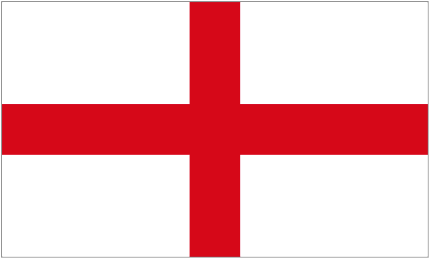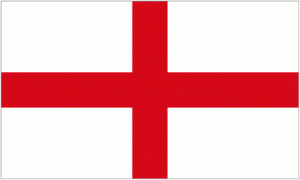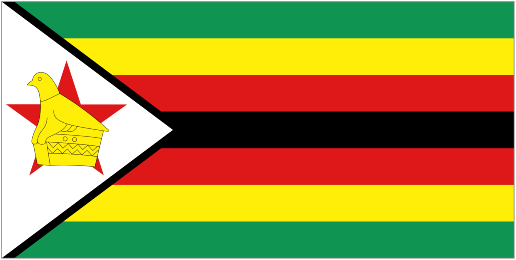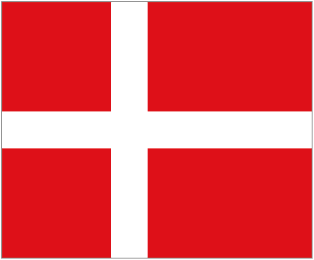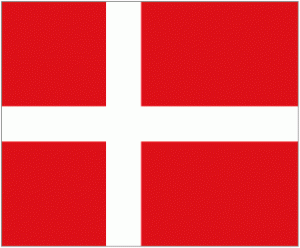April 23
The legend of St. George has been heralded around the world ever since the publication of The Golden Legend, a compilation of the lives of saints, which took for fact the mythic tale of St. George and the Dragon.
All that we really know for sure about St. George is that he was a soldier in the Roman army at the end of the third century AD, he was apparently of noble birth, of Christian parentage, and he was executed on the orders of Diocletian on April 23 in the year 303 in Palestine.
It is believed the reason for his execution was his protestation of the persecution of Christians. Fifth century documents indicate that he was imprisoned, tortured–in an effort to force a renunciation of Christianity–and beheaded when torture proved ineffective.
Much that we previously thought to be fact about George may have been the result of confusing him with other Georges. His birth in Turkey in 270 may have actually been that of George, Bishop of Cappadocia who lived around the same time.
Before he was the patron saint of England, George was already the patron saint of soldiers, rumored to have been seen fighting alongside Crusader forces in the Battle of Antioch in 1098. Richard I later declared his Crusading army to be under the protection of St. George’s watchful eye.
As for the dragon, the legend was spread by the 13th century’s The Golden Legend, which set the scene between George and the Dragon in Lybia. There a town is terrorized by a dragon who demands sheep to devour, and occasionally children, who are selected by lottery. (Note: April 23 is also Children’s Day)
George slays the dragon, frees the townsfolk, and wins the girl. The story may have been the result of the retelling of George’s defiance of Diocletian, symbolized as a satanic demon or dragon.
About the time of Golden Legend, St. George became the Patron of the Knights of the Garter, and later of all England.
Shakespeare coincidentally died on St. George’s Day, April 23, 1616. He reflected England’s faith in their patron hero when he scribed one of the most quoted speeches of his works, Henry V’s rallying cry to his soldiers before the Battle of Agincourt. The one that begins “Once more unto the breach” and climaxes with:
“…there is none of you so mean and base,
That hath not noble lustre in your eyes.
I see you stand like greyhounds in the slips,
Straining upon the start. The game’s afoot:
Follow your spirit, and upon this charge cry
‘God for Harry, England, and Saint George!”

